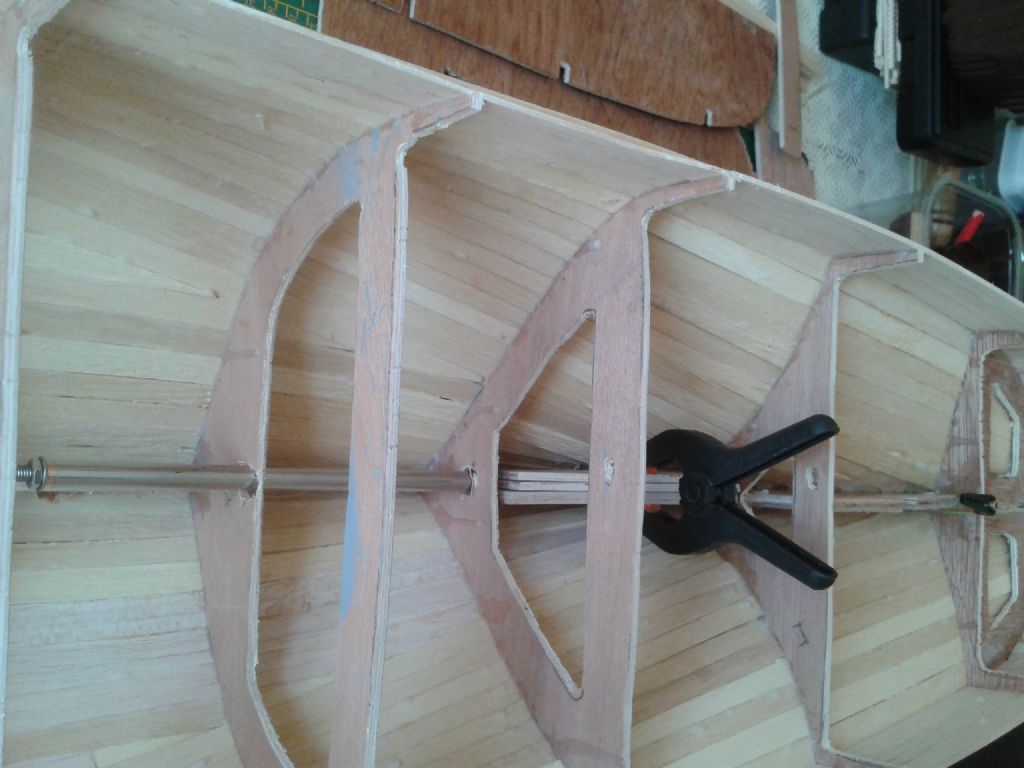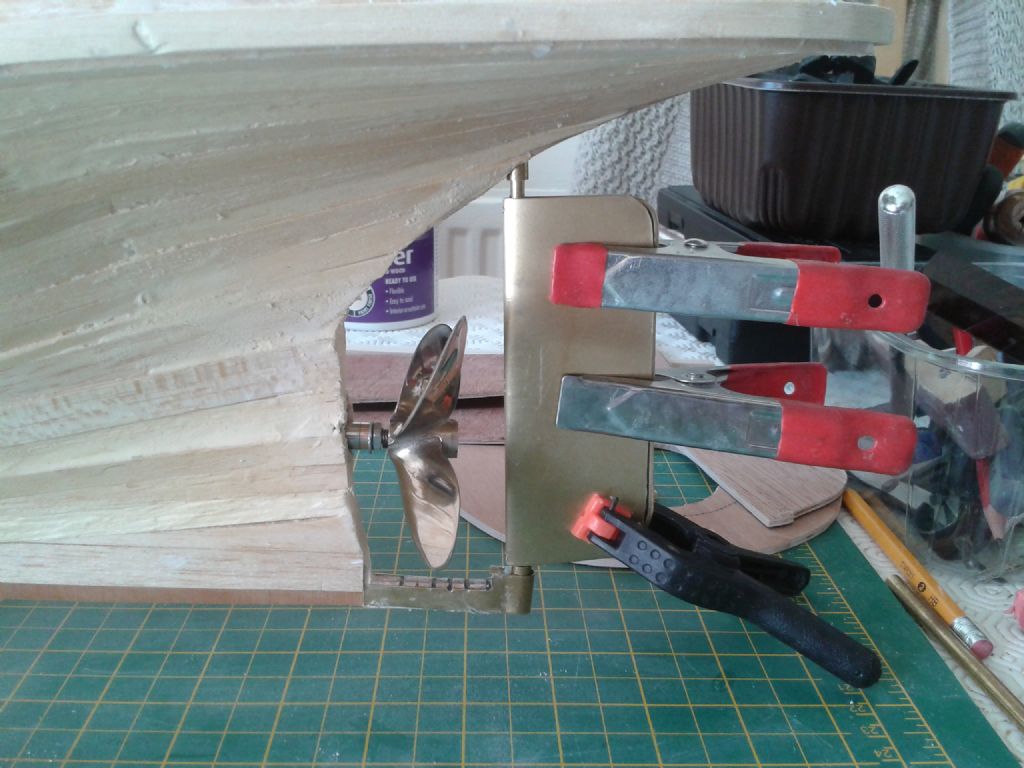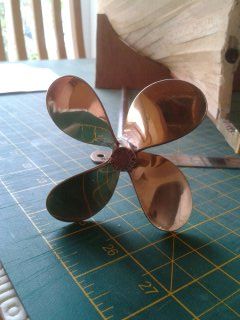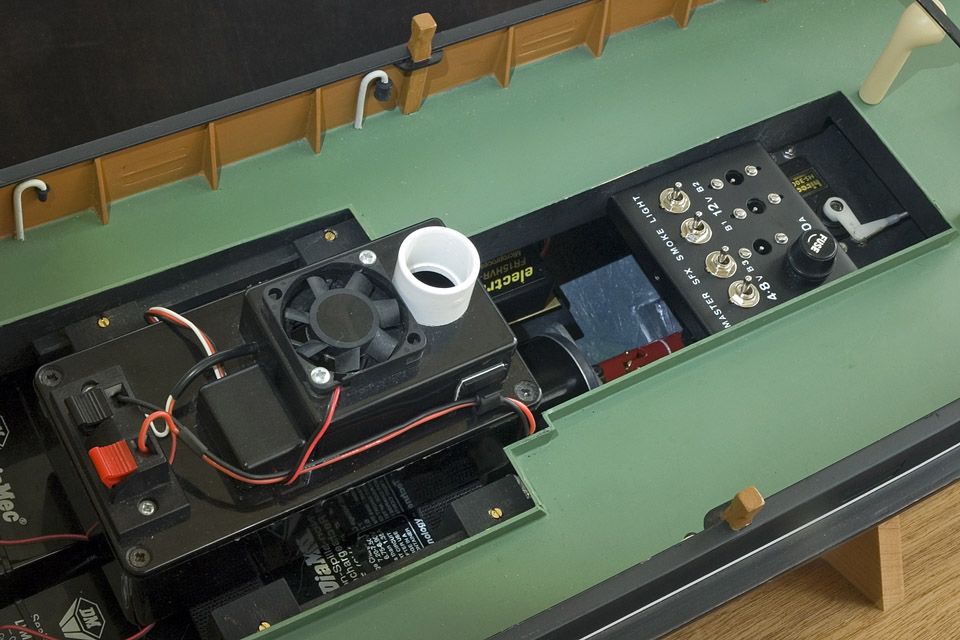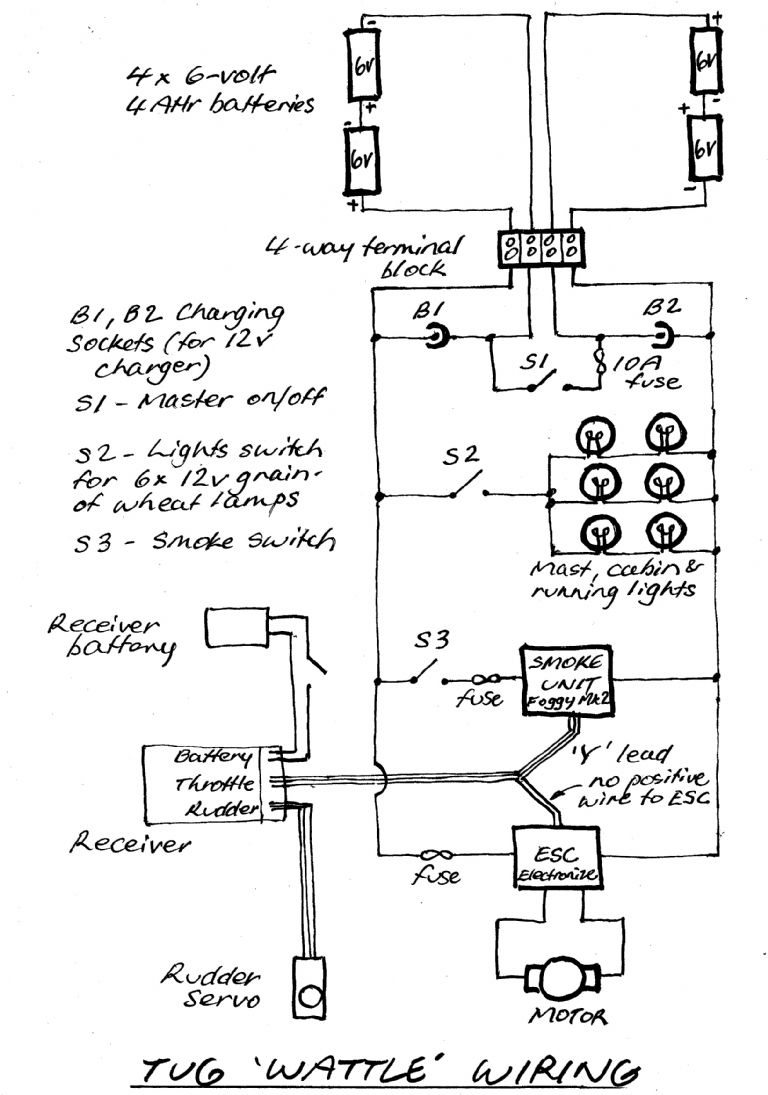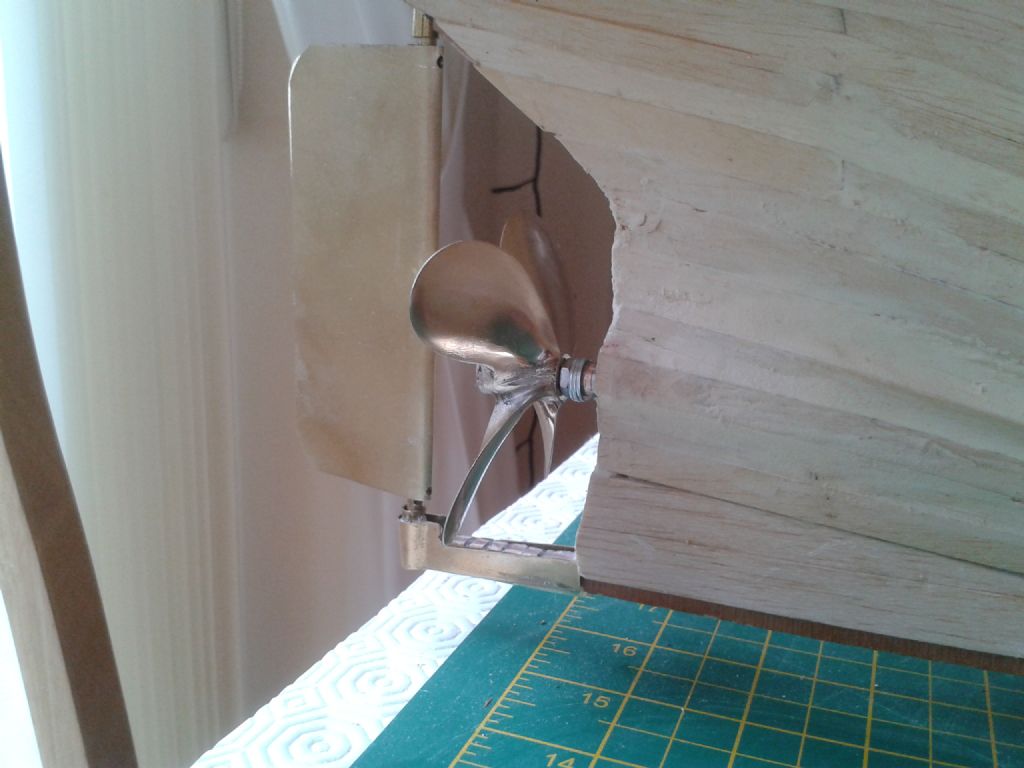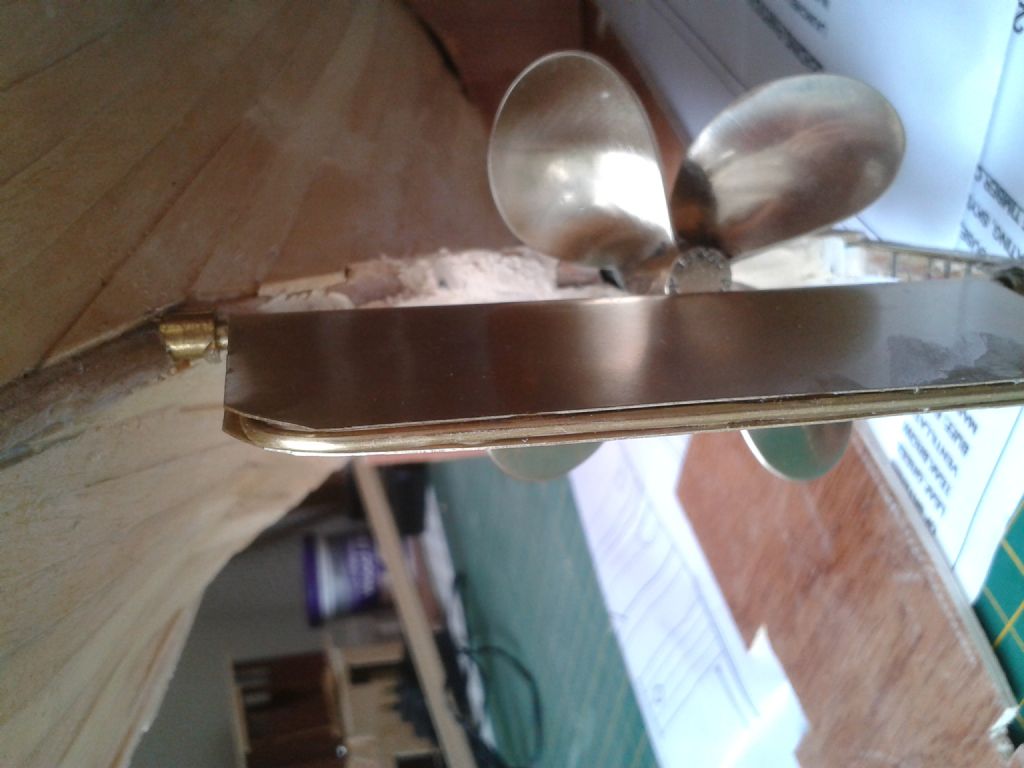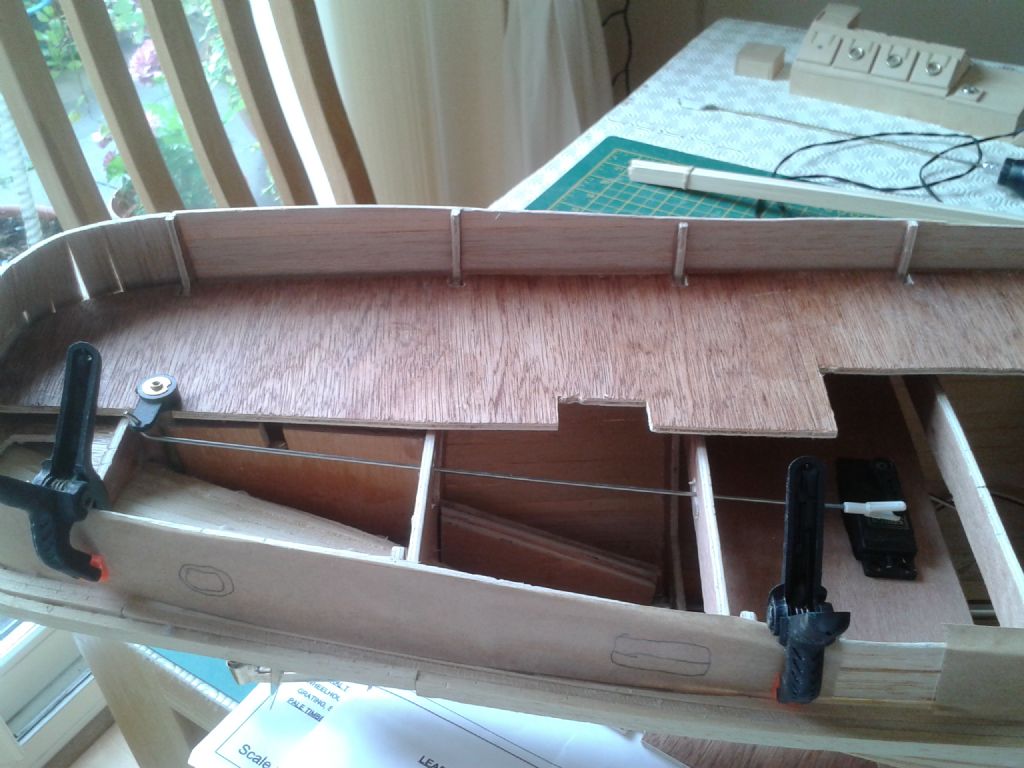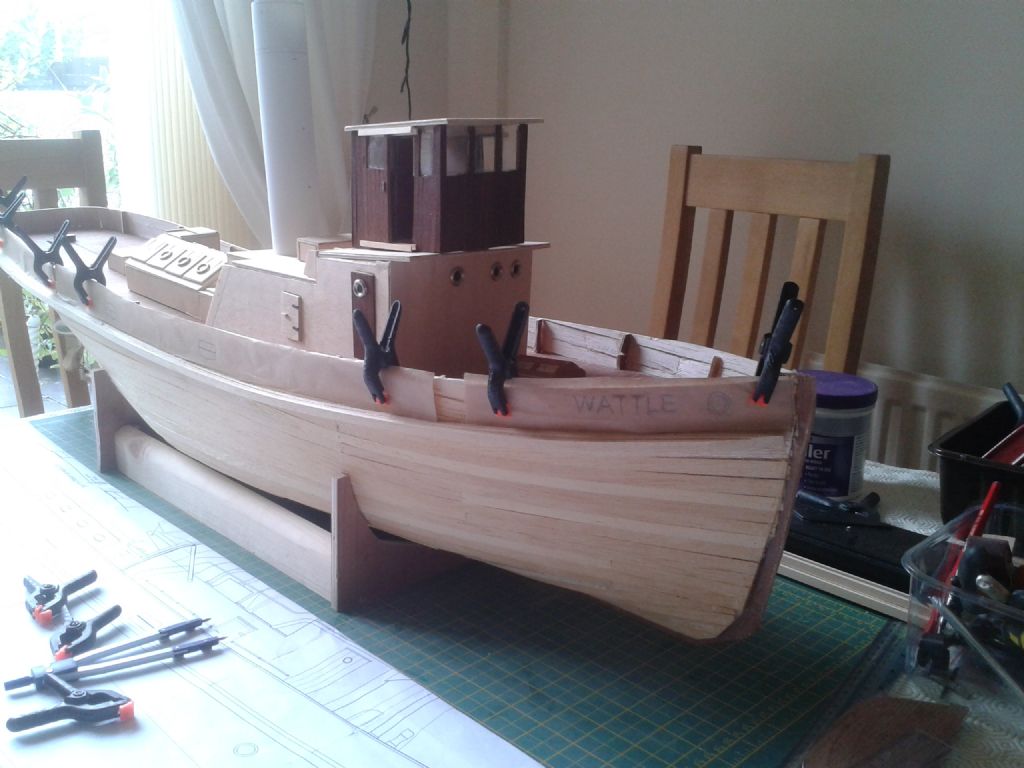Mick,
I am puzzled and a bit taken aback by your comment, for after being alerted to your posting by the magazine I posted a reply the next day. Have you looked under All Things Floating where you posted your request, under Electronics Help?
I repeat what I wrote here to save anyone looking for it, and will try and get around to posting a wiring diagram in a few days – I didn't do one at the time.
Assuming you’re using a 24 volt system, the four 6 volt batteries (which can be held down with zip ties, join two together if they’re not long enough and thread through holes in the battery tray) are connected as two 12 volt batteries (two series pairs). Connections are made to two recharging sockets so that they can be recharged separately with a 12 volt charger. The main on/off switch, on a panel under the engine house, puts the two 12 volt pairs in series for the main 24 volt supply.
Wiring of the motor and speed controller is then straightforward, as per the Electronize instructions. In this case I used a separate 4.8 volt battery for the receiver rather than make use of the speed controller’s BEC function (there’s a lot of voltage to drop), so I disconnected the red wire on the speed controller to receiver lead.
A nebuliser smoke generator like I used also requires 24 volts, it gets this via an on/off switch on the switch panel via a 1 amp fuse, as per the Foggy Mk II instructions. It also plugs into the throttle channel of the receiver via a Y-lead to sense the motor speed.
Lights are 12 volt grain of wheat incandescent ones, I think they look better than white LEDs on a model like this. They are connected in series pairs to allow them to run from the 24 volt line. For example, if you have 6 lamps, connect them so that you have three parallel branches, each consisting of two lamps in series. Either use another switch to turn these on or off, or do it remotely using one of the receiver channels and an RC switch such as the Dimension Engineering Pico Switch.
Sound systems requirements vary a lot. If yours requires 12 volts, you can tap the main supply to provide this. Other voltages may require a separate battery or suitable voltage regulator. Most require a separate RC switcher to turn the sound on or off, for, say, a horn. An engine sound could be switched manually or via RC, and will likely also have a connection to the throttle channel to synchronise the sound to the speed.
Yabbie1/John


